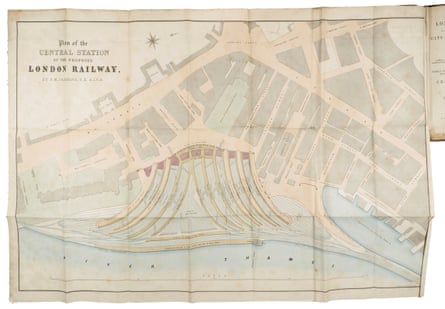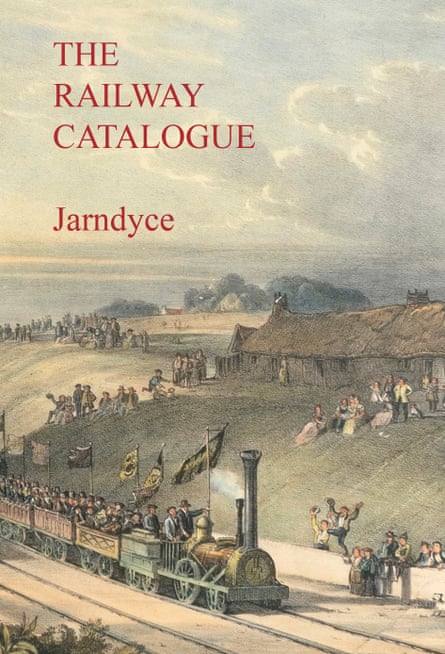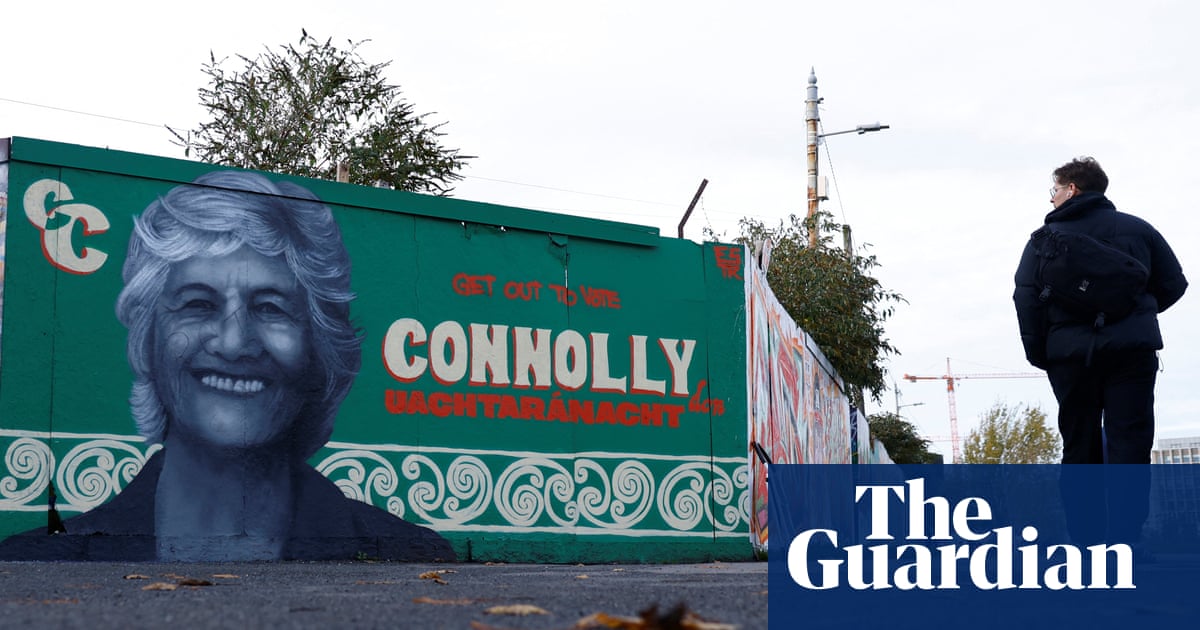The vaulted arches of New York’s Grand Central station are recognisable even to those who have never taken a train into the Big Apple. But they could very easily have been a sight visible in central London.
Shelved 172-year-old architectural drawings by Perceval Parsons show how he envisioned a new London railway connecting the growing number of lines coming into the city to a huge main terminal by the Thames.
The drawings of London’s own Grand Central Station, which are being put on open sale for the first time to mark the 200th anniversary of the first public passenger railway, show a scheme that would have given the capital of the UK a very different look today.
The station was to be located at Great Scotland Yard, close to the modern-day Embankment tube station, and would have boasted an ornamental frontage about 800ft (245 metres) in length.
Multiple entrances would lead to a “spacious hall about 300ft long and facing them would be a range of pay offices with the names of each railway above”, Parsons wrote in his plans in 1853. There would have been eight arrival platforms and eight for departure.
He described the cost of the project as a “comparatively small expense”.
The seven-hectare (18-acre) site of the proposed station contained “only a few sheds and outhouses of inconsiderable value” and was “covered with mud sending forth anything but agreeable or wholesome odours”.

“The great desideratum of a connecting link to unite the termini of the various metropolitan railways, and at the same time afford them access to the heart of London, has long been admitted,” Parsons wrote, “and a line that would effect this, and at the same time give a like accommodation to the principal suburbs, would be of still greater importance”.
The proposal was supported by Robert Stephenson, chief engineer of the London and Birmingham Railway and son of George Stephenson, the so-called “father of railways”, but the Crimean war sapped appetite for expensive projects and it was quietly forgotten.
The prospectus, including two large folded maps, has a price of £1,450, and is one of 200 items featuring in a new railway catalogue compiled by Joshua Clayton at Jarndyce antiquarian booksellers that will be on sale at the York book fair this week.
Other items on sale in the catalogue include a letter from George Stephenson to his son in 1834 and another from Isambard Kingdom Brunel dated 1838, as well as travellers’ guides, timetables, original manuscripts and documents dating from the early years of steam locomotives.
The 1840s saw an explosion in the construction of railways, known as the British railway “mania”, but various tentative plans to connect central London were ditched after the banking crisis of 1847.

In 1846, a royal commission also recommended that the construction of terminals in central London should be avoided, a warning that ultimately led to the start of the construction of the underground system in 1860.
Parsons proposed a London railway that would follow a route from Brentford in west London to Hammersmith and through Kensington and Chelsea.
From there, he wrote, it would run across Victoria Street and “through a low part of Westminster” before “passing close against the inside of the first pier of Hungerford Bridge and under the first arch of Waterloo Bridge, enclosing all that immense flat comprised in the end of the river between its north bank and the nearest pier of Hungerford Bridge which may now be seen at low water, covered with mud, and sending forth anything but agreeable or wholesome odours”.
“It is on this spot that I propose to place the grand Central Station, the site for it being formed by making a solid embankment of as much of this large area as may be necessary,” he added.
Christian Wolmar, the author of Cathedrals of Steam, a book about London’s great railway stations, said: “In the 1840s, there weren’t many stations that near the centre.
“They were all in places like Bishopsgate or Nine Elms or outside the centre, precisely because building into the centre was too expensive.”
The Stockton and Darlington railway was officially opened on 27 September 1825, making it the world’s first public steam-powered passenger railway.
An estimated 40,000 people witnessed the steam locomotive Locomotion No 1 pull the inaugural train.
The new railway connected coalmines to the port at Stockton and proved the practicality of steam trains for long-distance transport.

 2 months ago
68
2 months ago
68

















































